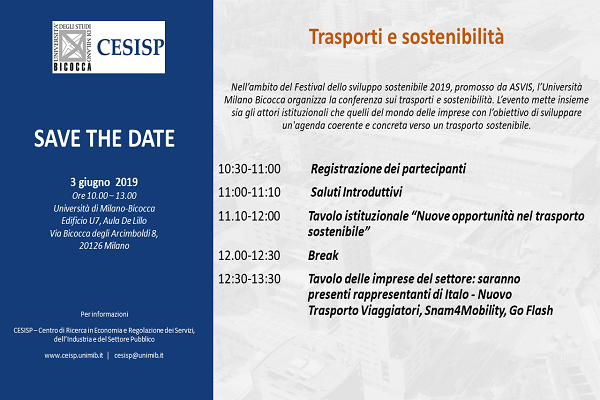Executive summary In recent years there has been an increase in studies and projects in the field of road freight transport in urban areas (city logistics). There are many actors involved in the urban distribution process: local public administrations, so-called last mile couriers, recipients (economic activities or citizens), trade associations, and transporters to name a few. From an organizational point of view, the issue concerns the possibility for the local public administration to intervene on the organization of distribution in the so-called last mile of goods, with the aim of mitigating negative externalities in economic, social and environmental terms. That the participation of local administrations is necessary is taken for granted but the constraints deriving from the parameters of public finance and human resources that represent barriers are also obvious. Equally important is the economic conjecture characterized by major restructuring by the industry which is called to face new challenges such as: international competition, cost reduction, volatility of production factors or differentiation to name a few, for this reason the measures, besides being effective (benefits mentioned above) must be (efficient) or support the industry in the organization of deliveries and withdrawals that is not always optimal, the negative effects of which are evident on the number of vehicles used for transporting goods in circulation. Given the numerous innovations that are taking place in the field of commercial vehicle propulsion , communication technologies and the analysis of large amounts of data make available to all the actors involved the tools, or the possibility of creating them, which if correctly used or implemented can contribute to the achievement of the objectives set by the Europe 2020 strategy, not only as regards the reduction of gas climate-changing but also the development of jobs in green economic sectors. The correct management by the public administrations of the assets available to them, of the software tools requires the definition of ad hoc organizational models according to the characteristics of the territories, the market structure and resistant criticalities.







 Italiano
Italiano